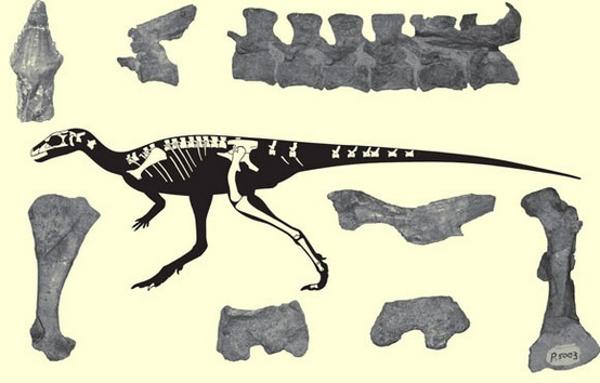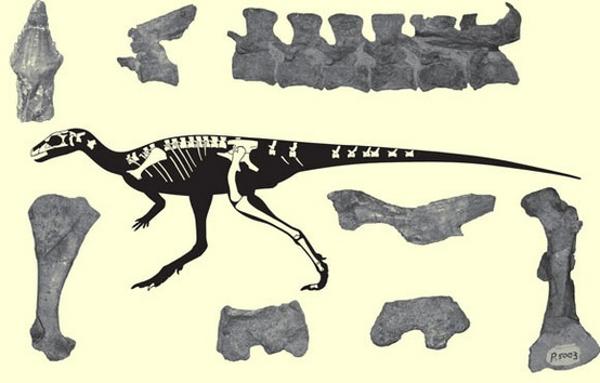
The Venezuelan Institute of Scientific Research (IVIC) is examining new specimens of the dinosaur Laquintasaura Venezuelae discovered in the 1980s in the state of Tachira.
Omar Sumoza, an expert associated with research and member of IVIC's Laboratory of Organismal Biology, explained that since its discovery, “Venezuelan researchers have continued research work to recover more fossils of the animal.”
Sumoza recently presented the results of his archaeological findings at the First Research Symposium on Archeology and Paleontology in Venezuela.
Thanks to the research, more than 30 individual elements, both complete and fragmentary, were obtained, managing to “add a new, unknown material to the skeleton of Laquintasaura.”
Among the included organs, the femur, tibia, metatarsals, vertebrae, ribs, teeth and skull structure stand out.
“The new anatomical details of these specimens provide additional information that allows us to better understand the evolutionary relationship of Laquintasaura with other basal ornithischians and contribute to our general view of the origin and evolution of this important group,” says the researcher.
His appearance
Laquintasaura venezuelae is the first dinosaur identified in the national territory, specifically in the area around the city of La Grita in the state of Tachira.
Due to the lack of clear records of other bird species from the Triassic period, it is considered the oldest bird currently known.
Also known as the bird-hipped dinosaurs (Ornithischia, Greek for “bird-hipped”).
The origin of this genus is of significant importance to the group Ornithischia in the context of its origins and early evolution.
Press release from Ministry of Science and Technology





